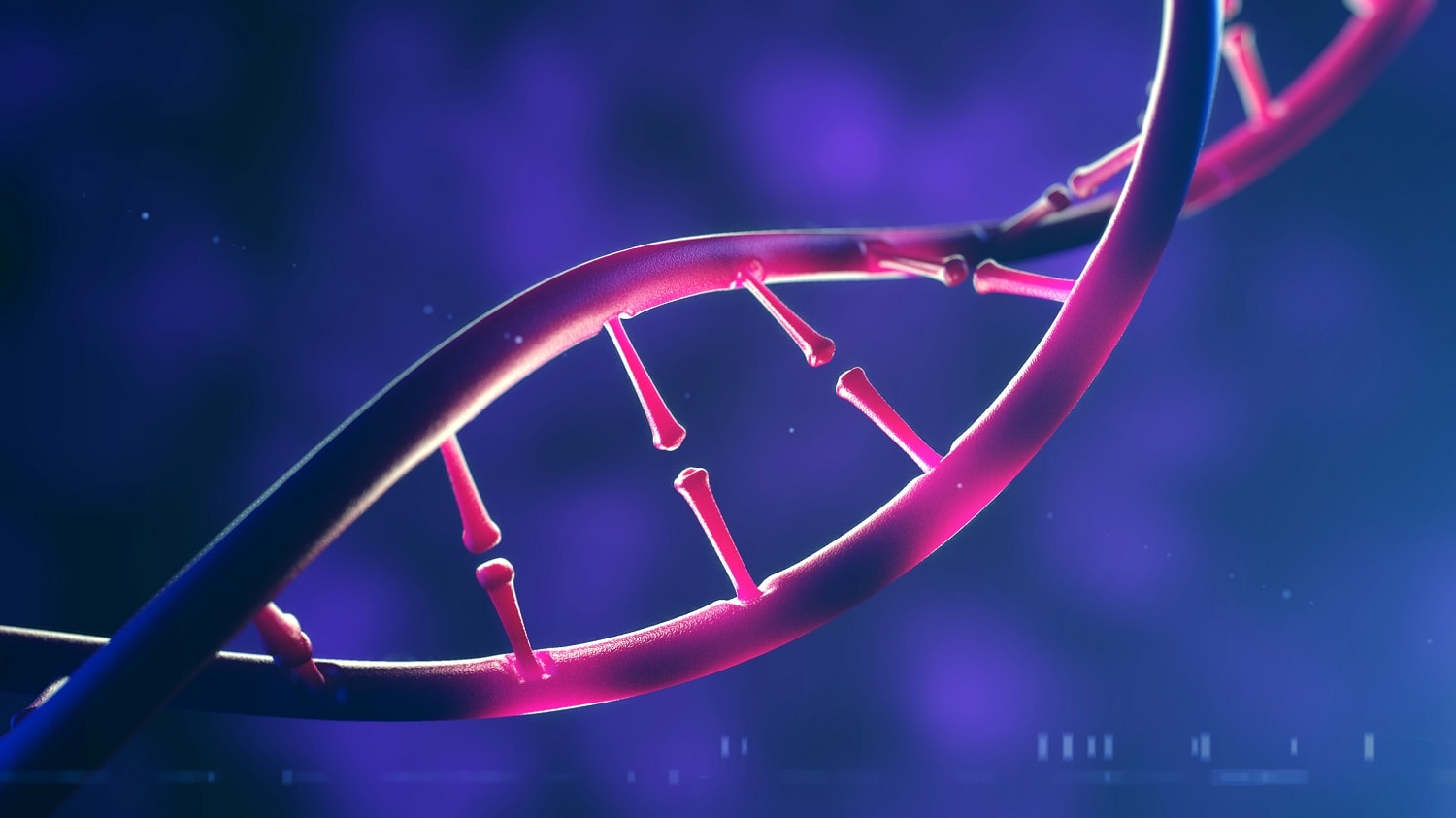Featured
Corporations Shouldn’t Be Able to Patent Your DNA

(Bloomberg Opinion) — The practice of patenting genes, once banned by the Supreme Court, may come back soon despite a measure of horror the very idea once inspired. Author Michael Crichton warned of the evils of gene patents in his 2006 novel “Next” and, more directly, in a 2007 New York Times commentary piece.
Read more: The ‘Fat Gene’ Myth and What You Need to Know
Crichton’s concern about giving exclusive legal rights to the use of information about human bodies was a matter of principle: “You can’t patent snow, eagles or gravity, and you shouldn’t be able to patent genes, either. Yet by now one-fifth of the genes in your body are privately owned.”
Prominent scientists are now raising objections that the practice will restrict potentially valuable medical research. If one company develops a genetic test for a disease, for example, a patent on the gene involved might prevent scientists at a different institution from seeking possible gene therapies for the disease.
The latest battle is taking place in Congress, where a new bill might override a Supreme Court ban from 2013. One prominent critic this time around is Harold Varmus, Nobel laureate and former head of the National Cancer Institute, who argues that the proposed law “would result in a quagmire of patent claims and legal impediments to the normal scientific exchange.”
As recently as the late 20th century, the patenting of genes was fairly uncontroversial. At that time, explains Robert Cook-Deegan, a professor in the School for the Future of Innovation in Society at Arizona State University, it was understood that granting a patent on use of a particular gene was equivalent to a patent on a gene-related invention – like a technique for making insulin or human growth hormone from genetically modified organisms.
But around the end of the century, genetic testing exploded, and, at least in principle, patent holders who should have rights to a single genetic test were getting broad rights over future research or therapies based on the same gene. Crichton took issue with a genetic test for a deadly inherited condition called Canavan disease. But what finally got the Supreme Court involved was a test for mutations in genes known as BRCA1 and BRCA2, associated with a strong predisposition to breast and ovarian cancer.
The company owning those patents, Myriad Genetics, won a race to find the DNA sequence making up the breast cancer gene BRCA1, thus making it possible to test for mutations that conferred breast cancer risk.
But like most scientific advances, Myriad’s achievement was intertwined with work of others. Mary-Claire King of the University of Washington, for instance, had done the detective work to recognize that such a gene must exist. In a 1990 paper in Science, she demonstrated that a gene (which she named BRCA1) on Chromosome 17 was being passed through families that were repeatedly stricken with breast or ovarian cancer.
The patent gave Myriad so much power that the company was able to charge outside researchers to do clinical trials designed to figure out how well the gene tests worked, and to find a best practice for properly informing women about the meaning of their results. This education is a serious priority for public health because a positive test has motivated some women to have healthy breasts and ovaries removed – which some experts consider too risky for the amount of protection it confers.
By the early part of this decade, the ACLU started to protest Myriad’s gene patent, and by 2013, the Supreme Court agreed and the patents were revoked. The result: Myriad stayed in business, other labs started to develop their own tests for breast cancer risk, and the technology advanced. Now breast cancer risk testing can include as many as 28 different genes.
The main downside for genetic research generally has been a lack of clarity about which genetic discoveries are patentable. The proposed legislation under debate in Congress is meant to fix that problem. But by reverting to the pre-2013 situation when there were virtually no restrictions, it goes too far.
The bill, if passed, would allow gene patents to curtail research. Gene patenting isn’t the horror that Michael Crichton imagined, but neither is the race for patents the key motivator for genetic breakthroughs.
If lawmakers want to help, they should give clarity, not restrictions, on research rights.
-

 Alamaliktistaad Magazines2 months ago
Alamaliktistaad Magazines2 months agoAlam Al Iktisaad – September 2025 Edition
-

 Magazines2 months ago
Magazines2 months agoOER – September 2025 Issue
-

 News2 months ago
News2 months agoKitchenomiKs Secures Investment of US$3.2M Led by Jasoor Ventures
-

 News2 months ago
News2 months agoCent Capital, AI Finance App by ex-AWS Strategist ‘The Beast of Bay Area,’ Launches to End Financial Anxiety, Hits $1M AUM
-

 News2 months ago
News2 months agoOman Inaugurates ‘Hadatha’ – Its All-New Cybersecurity Center
-

 Banking & Finance2 months ago
Banking & Finance2 months agoOman Arab Bank Highlights Its Ongoing Strategic Initiatives and Future Plans
-

 News2 months ago
News2 months agoIEA Expects Global Oil Market to Remain Oversupplied in 2026
-

 Energy2 months ago
Energy2 months agoWLGA Middle East LPG Summit & Expo 2025 to be held at OCEC on November 10 and 11































You must be logged in to post a comment Login